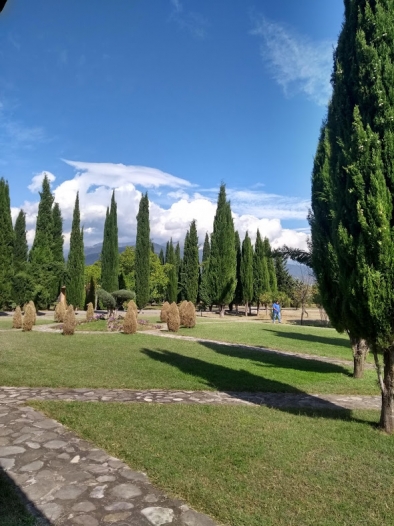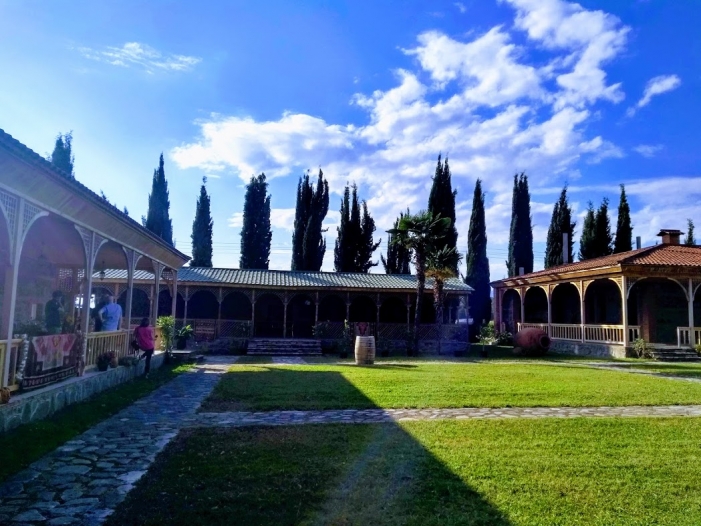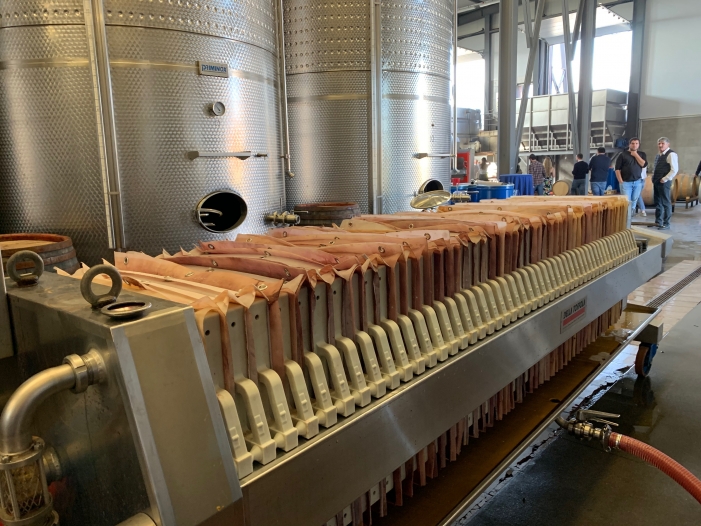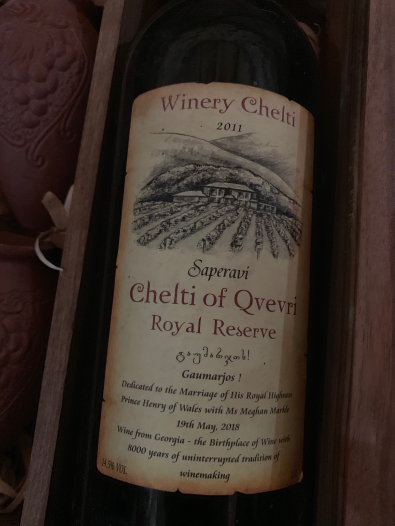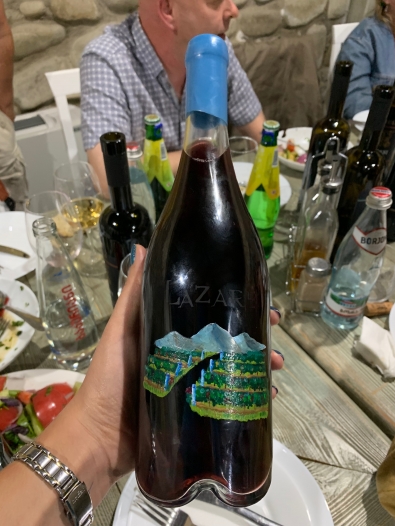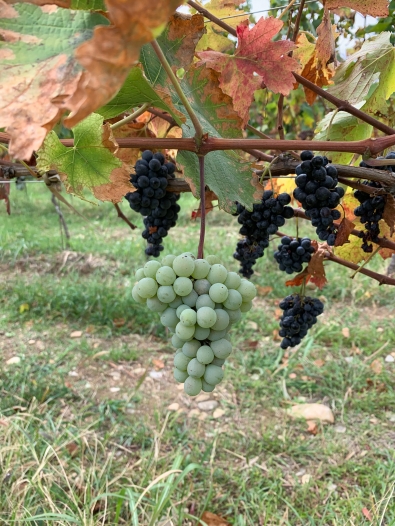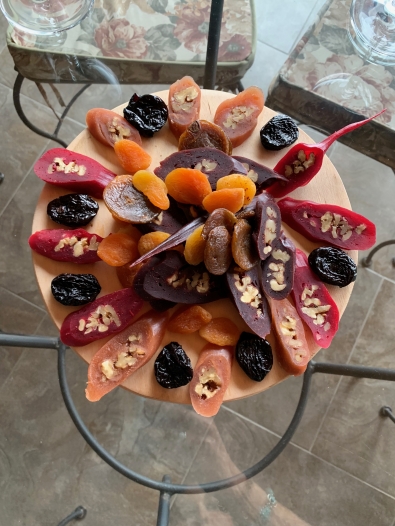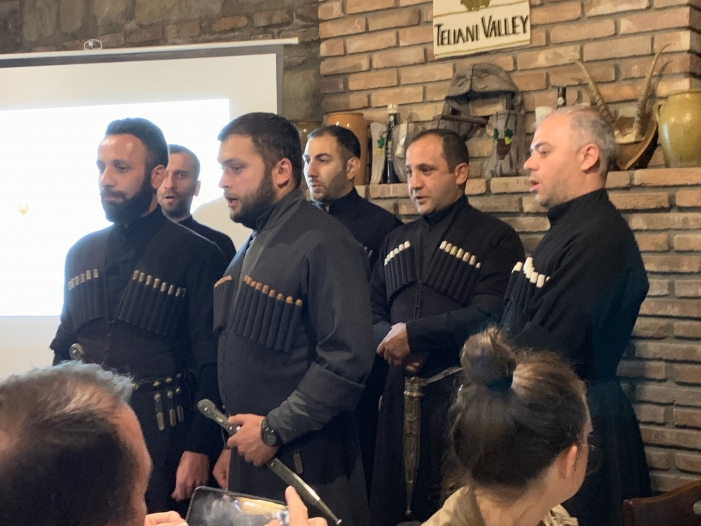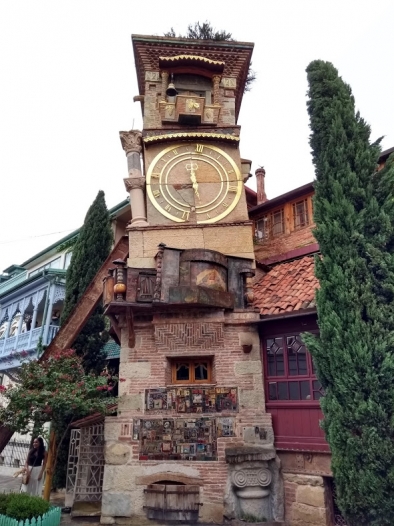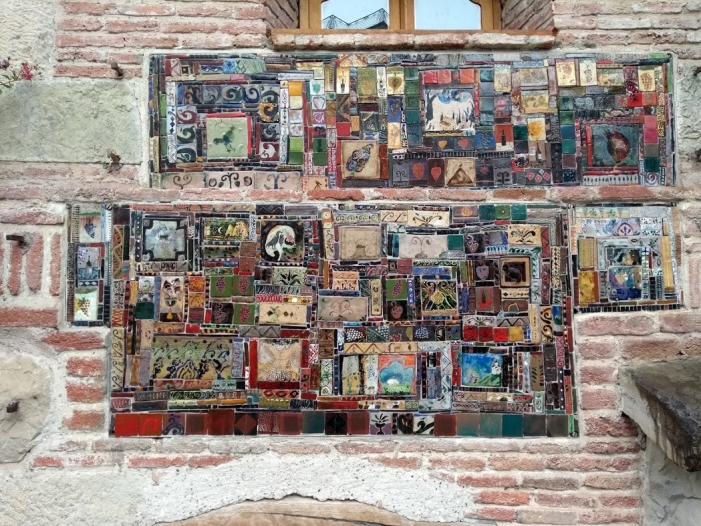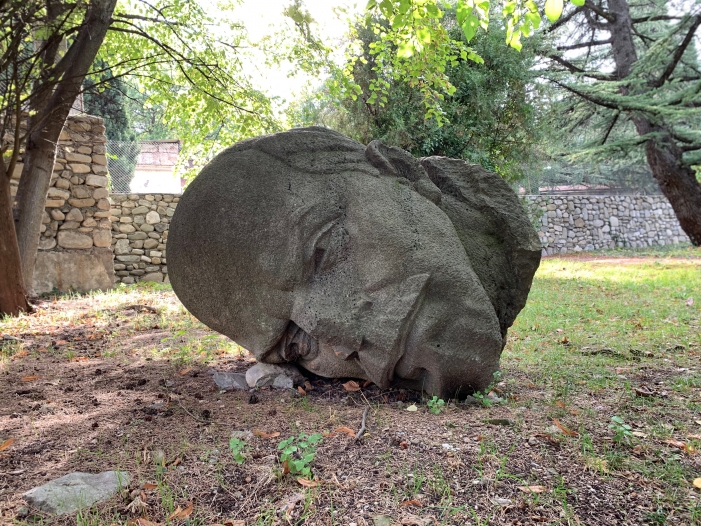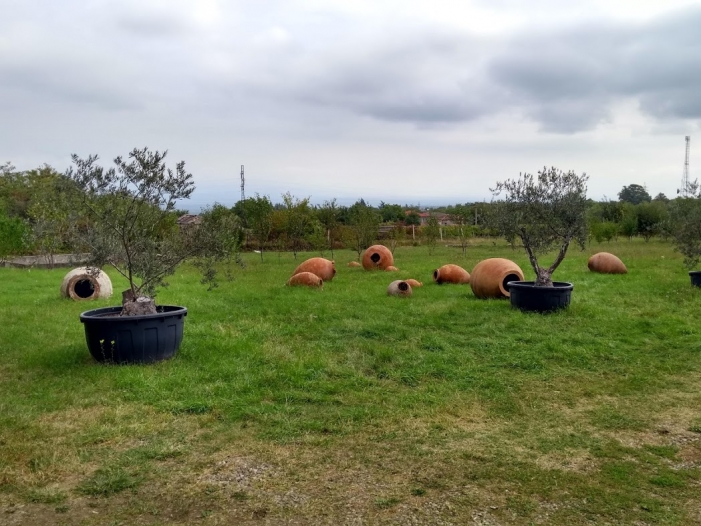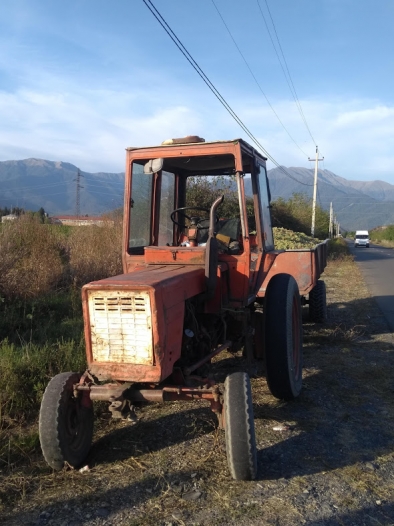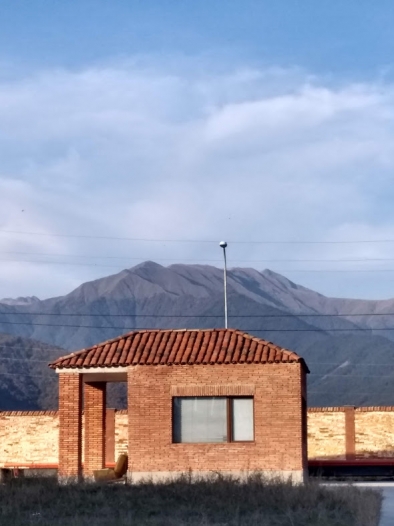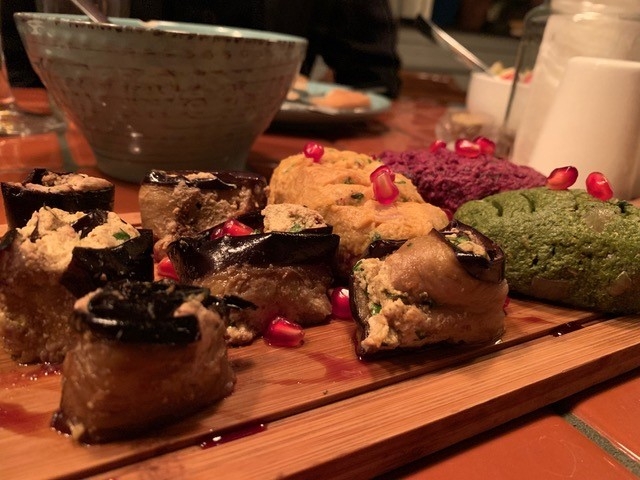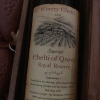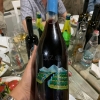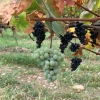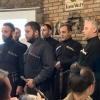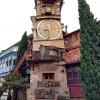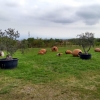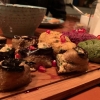A Visit to Georgia – The Cradle of Wine Part II
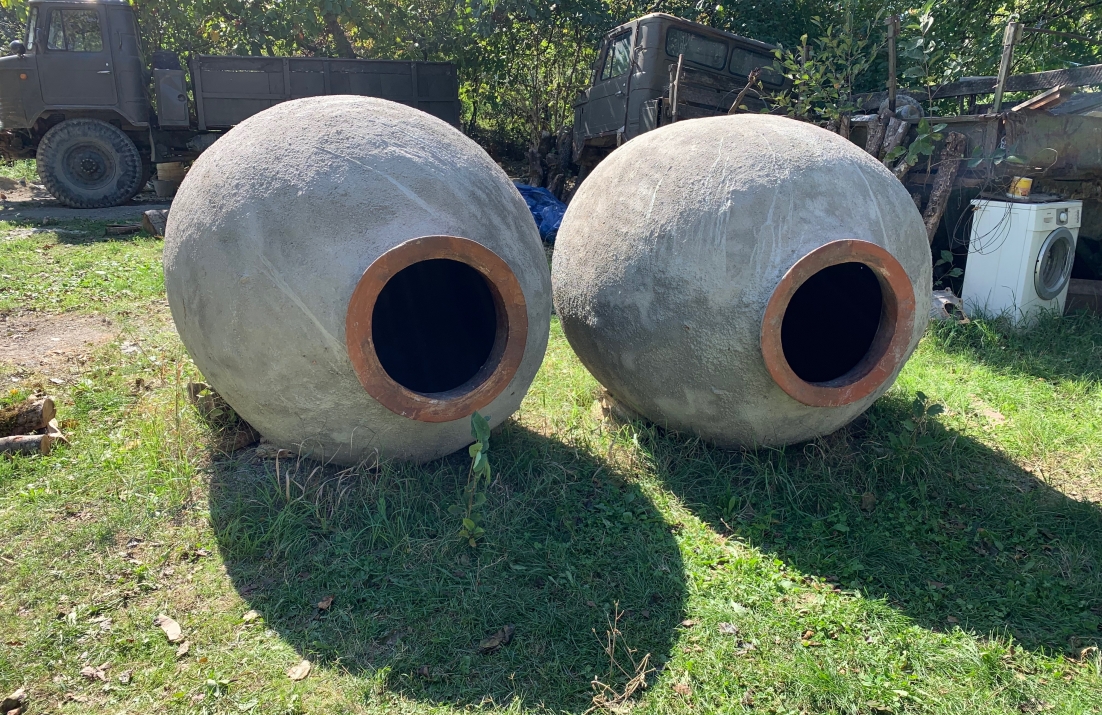
We went to visit a qvevri maker on our second day in the country, after driving 2 hours from Tbilisi to the village of Vardisubani in Kakheti. Qvevri maker Zaza Kbilashvili took us through the process; he sources the clay by digging in the local forest, the clay is cleaned, and he makes the base with his hands. Every two days he adds another layer which is enough time for the base of the qvevri to dry and support the weight of the increasing layers, he keeps moulding the old and new clays together with his hands until the 3000 litre vessel is ready to go to the kiln. At this point, it takes 6 people to carry the qvevri to the kiln (which fits a maximum of 8 qvevri’s), he bricks up the kiln leaving a few spaces for ventilation and to feed the fire and lights it up. The Kiln burns at around 1200◦C for a week and takes 4 days to cool. Once cooled, the qvevri’s insides are lined with beeswax sourced from his neighbours.
![]()
After seeing the process of qvevri making, we tasted Zaza’s own qvevri wine and something we would come to know quite well on this trip…Chacha! Chacha is essentially a Georgian grappa, a spirit made from the grape pomace and skins, and can be fairly lethal! Legend has it that God created wine to remind the Georgian’s of the wonders of heaven, the Devil, being jealous of this, created chacha. However, God tasted chacha and he liked the fiery spirit, so he declared that if Georgians drank up to three glasses of chacha they were with God, but if they had a fourth glass, they belonged to the devil!
With our insides well and truly warmed by the chacha, we then set off to our first of many winery visits. First up was Chelti where we observed the new Saperavi harvest being brought in and crushed. All the wines here were made with wild yeasts (fermentation takes around 10 days), the reds spend 1 month on their skins in qvevri, the whites 6 months. Chelti is famous in Georgia as its wine was chosen as the Georgian gift to the Duke & Duchess of Sussex for their wedding last year.
![]()
After the tour and tasting, we sat down for a Supra, this is a traditional Georgian feast where many dishes come out until the whole table is groaning with food and plates have to be balanced on top of one another. In Georgia, these traditional feasts are saved for special occasions, but Georgians are famed for their hospitality and we ended up having supra for lunch and dinner every day! Of course, every supra ended with a glass or two of chacha!
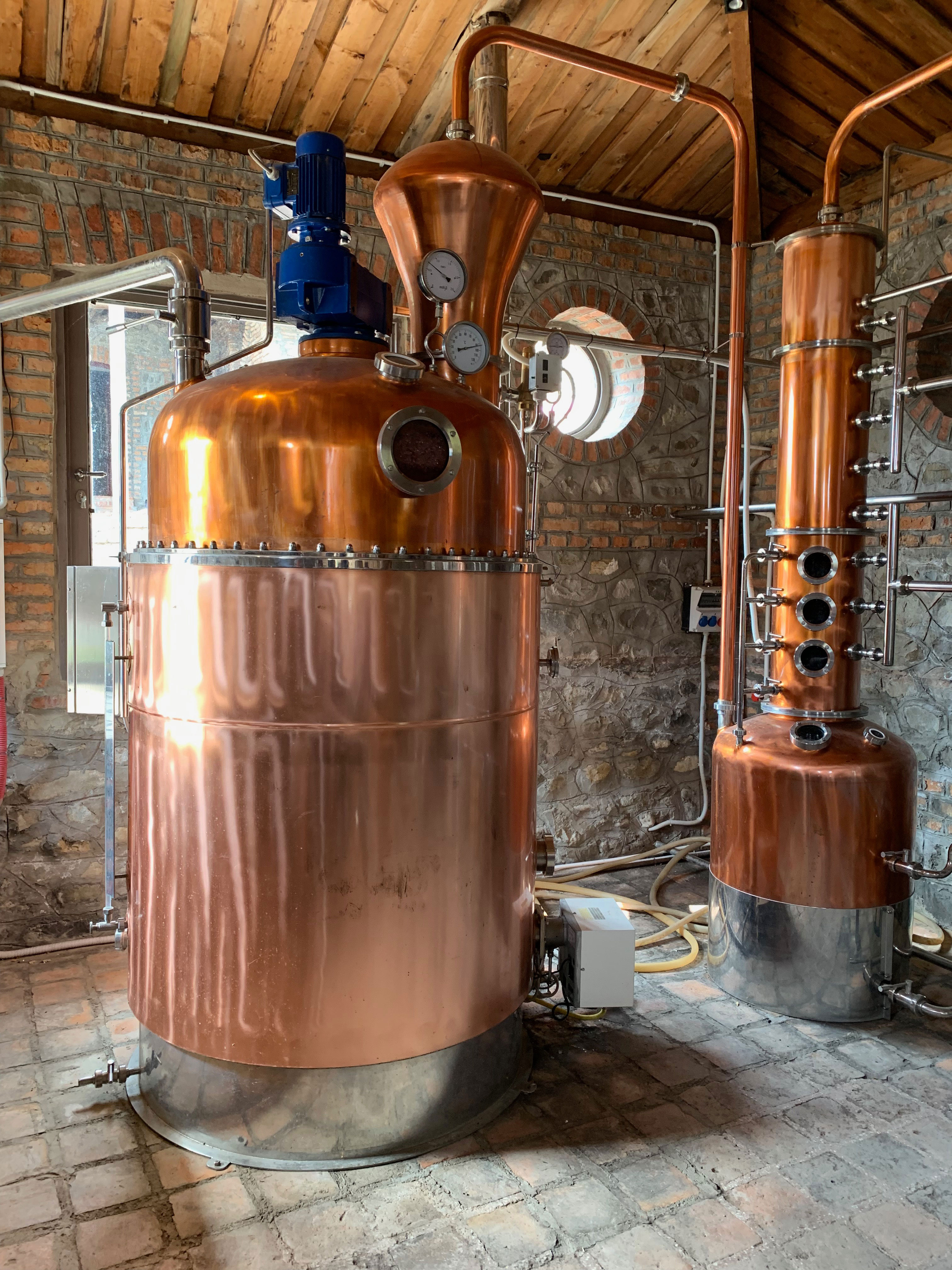
Feeling full up from the supra, we walked the 5 minutes down the road to our next visit at Shilda (pretty sure the 5-minute walk did nothing to burn off the supra, but it was worth a try!). Here we tasted through their wines which were a combination of qvevri and international winemaking in stainless-steel tanks. These stainless-steel tanks had an ice jacket on them for temperature control and whilst we were tasting, the ice fell off the tanks, one by one! We decided to move our tasting by a couple of metres and sure enough, after we moved the ice fell to exactly where we had just been standing!
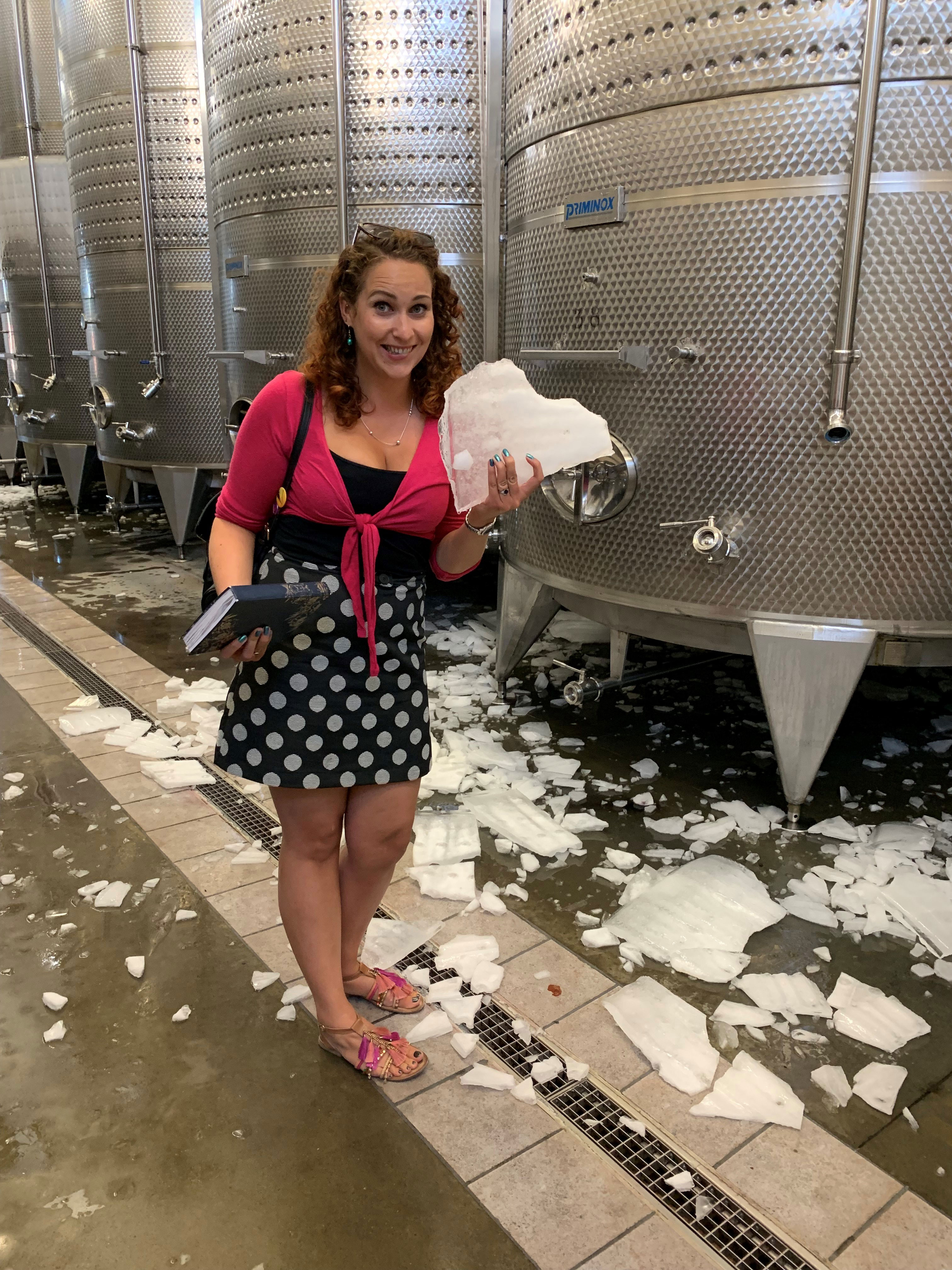
Shilda treated us to our second supra of the day where we got a taste of another Georgian tradition; the toasts. Toasting in Georgia is very important, and the toastmaster is known as the Tamada. Our host kicked off proceedings with a toast to Georgia, God, friends and family, one by one we then all had to go around the table and do a toast of our choosing. Of course, we finished with Chacha! Unknown by this point if our Chacha consumption of the day left us in favour with God or the devil!
The next day involved four more winery visits to Georgian Wine Co (aka Zangaura), Sanavardo, Orgo and Shumi, and two more supra’s. Highlights of the day included punching down the cap of fermenting Saperavi in qvevri, seeing a 3000 year old qvevri, tasting a wine made from 450 different varietals and one from a 300 year old vine (variety unknown), traditional Georgian folk singers at the supra in Shumi who had come first in an international competition in Cardiff in 2003 and an impromptu after-supra disco (blame the Chacha)!
![]()
For our final day in Kakheti, we went to Tsinandali Estate. You can get Tsinandali wines from other estates as it is a PDO (protected designation of origin) and must consist of Rkatsiteli and Kakhetian Mtsvane. Tsinandali estate is famous for its palace and historic winery-estate which once belonged to the 19th-century aristocratic poet Alexander Chavchavadze. In the soviet era, the estate was state owned, we were taken underground to the tasting room which had a bunker-feel to it and this was explained as a building that soviet officials liked to party in but the worry was being bombed by America hence being bunker-esque!
The final visit in Kakheti was a tasting at Teliani and a supra to celebrate the end of harvest, lots of folk singing, food, wine, chacha and toasts – including a toast by one of our party which he delivered in very convincing Georgian!
Our time in Georgia concluded on Saturday with a tasting in Tbilisi with Lagvinari; a small, organic Georgian winery founded by Dr. Eko Glonti. All wines were made in qvevri with indigenous grape varieties. He had invited along some natural winemakers who were visiting from Mexico, so we finished our tasting not with Georgian Chacha…but with Mexican Mezcal!
Have you read part one? Read it here...
